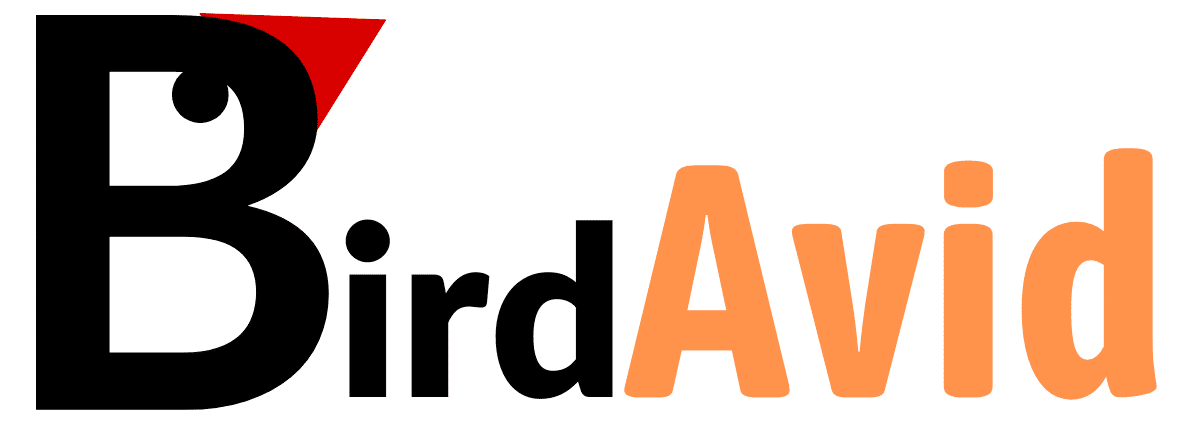Sometimes elegant mourning doves act downright strange, such as when you see a group of three birds flying after each other or a pair chasing a single bird coming to feed.
So, why do mourning doves chase each other? The answer has a lot to do with the territorial nature of mourning doves as well as their mating patterns.
Why Do Mourning Doves Chase Each Other?
Scientists developed a few theories as to why mourning doves chase each other. The two main reasons are:
- Defending territory
- Impressing a potential mate
Chasing As a Form of Defending Territory
During an observational study, scientists observed that mourning doves will get up and start chasing another dove that flies too close to their nest or perch. Both bonded pairs and single males have been observed doing this.
The reason why mourning doves do this is that they are highly territorial birds.
Mourning doves have their own agreed-upon territory around their nests or perches. Once they are adults, they tend to be social creatures, but within the group, there are very distinct roles. Each group has a territory and pecking order.
If a group of mourning doves is eating and one bird that is low in the pecking order starts to eat as well, a more dominant bird may give chase. The other bird can either flee or chase back, which establishes a social hierarchy inside this bird society.
Another time that birds will give chase is if another bird flies too close to their territories. Mourning doves are very possessive of the area right around their perches or nests.
It is common for bonded pairs to give chase if another single male mourning dove flies too close to their nest. Single male doves will also chase a pair that comes too close to their perches (single female doves are fairly rare and do not exhibit such territorial behavior).
While this behavior is territorial, it isn’t aggressive. Usually, the chase lasts only as long as it takes for the territorial bird to get the intruders away from its territory, and then it ends peacefully.
Chasing As a Mating Ritual
It has been observed that some mourning dove chases are not simple battles over territory and dominance. Instead, they have more complex flight patterns, including twisting and turning. These chases usually involve three birds, a female and two males.
Chases are an important part of mourning dove mating patterns, although their exact purpose hasn’t been determined yet.
Mourning doves are monogamous and they mate for life. That makes the quest for a partner all the more important for these birds.
Chasing is part of the mating ritual even before it technically begins. As mentioned above, mourning doves chase other doves to establish a pecking order within a group. Dominant males and females get first pick of mates once mating season begins.
Mating season for mourning doves is in early spring, and that’s when you will notice the most chases.
Male doves will chase female mourning doves as a way to impress the female. It is also a competition between the males to see who can chase the best.
The chases continue even once it seems as if pairs are settled. For example, male mourning doves will chase their female counterparts if they think the female bird is spending too much time near other males, showing a very human type of jealousy.
Although mourning doves mate for life, that doesn’t stop single males from trying their chances at stealing a mate. Sometimes, single male doves will chase a pair to try and impress the female bird or outfly the mate in hopes of getting her attention. When a pair flies too close to a single male’s perch, he will give chase not just to defend his territory but also to try and steal the female.
What Does a Dove Chase Look Like?
If you’ve never seen mourning doves chase each other in real life, here is the typical behavior that marks a chase. Knowing this will help you identify a chase next time you might spot one in the wild.
A mourning dove chase usually involves three birds. In most cases, the three are two males and a female, although sometimes only male birds chase each other to establish dominance and territory, or the sexes of the birds are not identified.
There are two main flight patterns. Sometimes, the birds fly in a straight line, one after the other. That usually is a sign of a territorial chase, and it means that one or two of the birds were interlopers getting removed from the other bird’s territory.
Sometimes, the chase is far more intricate. The doves will chase each other on the ground, running around in intricate patterns, sometimes taking to flight. If you notice just two doves chasing each other, it’s probably a mating ritual where the male is trying to impress the female. If you notice two doves chasing one bird, it means the amorous male has some competition.
What Are Other Common Dove Mating Rituals?
Besides giving chase, there are a few other ways that doves engage in mating rituals.
Like most birds, mourning doves rely on sound for mating. The males will issue mating calls as well as rely on coos to woo the females during the mating rituals.
Males will also engage in elaborate flight displays, such as lifting themselves in the air, to impress female doves.
Final Thoughts
Mourning doves chase each other for a few different reasons. The most common is as a mating ritual. Male doves will chase female doves both on the ground and in the air to impress them and to retain their attention once the pair is almost bonded.
Sometimes, two males will chase the same female and compete for dominance. Mourning doves also chase each other to establish dominance and defend their territory.


